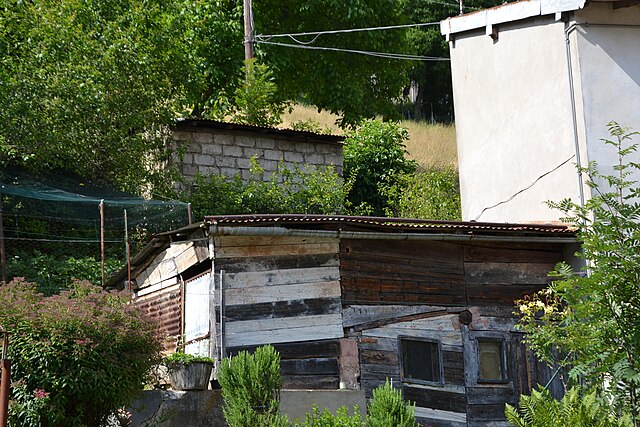Through-the-lens metering
In photography, through-the-lens metering refers to a feature of cameras whereby the intensity of light reflected from the scene is measured through the lens; as opposed to using a separate metering window or external hand-held light meter. In some cameras various TTL metering modes can be selected. This information can then be used to set the optimal film or image sensor exposure, it can also be used to control the amount of light emitted by a flash unit connected to the camera.
Transparent window in the mirror Topcon RE-Super
Above viewfinder in the pentaprism box Pentax Spotmatic, Nikon FM, Canon EOS, Zenit-12
Side of the condenser lens Canon F-1
Below the mirror, reflecting through a transparent window and a secondary mirror Leicaflex, Nikon F3, Olympus OM-3
In photography, exposure is the amount of light per unit area reaching a frame of photographic film or the surface of an electronic image sensor. It is determined by shutter speed, lens F-number, and scene luminance. Exposure is measured in units of lux-seconds, and can be computed from exposure value (EV) and scene luminance in a specified region.
White chair: Deliberate use of overexposure for aesthetic purposes
Two similar images, one taken in auto mode (underexposed), the other with manual settings
Buildings and trees photographed with an autoexposure time of 1/200 s
A street view of Taka-Töölö, Helsinki, Finland, during a very sunny winter day. The image has been deliberately overexposed by +1 EV to compensate for the bright sunlight and the exposure time calculated by the camera's program automatic metering is still 1/320 s.








